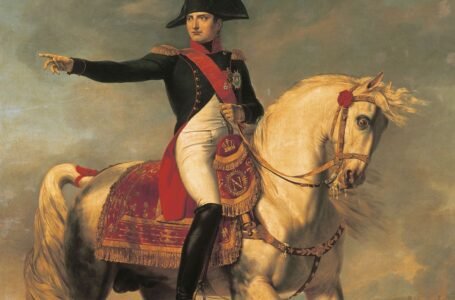The Samba Purana: Legacy of Surya’s Devotion
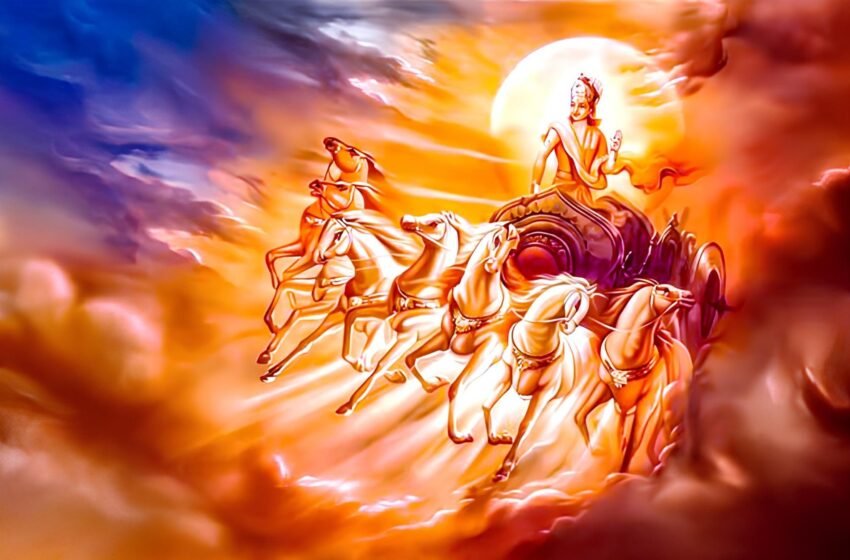
The Samba Purana is a text belonging to the corpus of Hindu Puranic literature, the Upapuranas. This Purana, named after Samba, the son of Lord Krishna, contains several religious practices, mythologies, and teachings that revolve around the devotion of Samba and the worship of the sun god, Surya. This paper researches in exactitude the Samba Purana, bringing into focus various facets of its history, mythological narratives, and philosophical teachings, together with its perpetuated legacy in Hindu worship and culture.

History
The Samba Purana forms one of the important testimonies to the growth of Surya worship in ancient India. It is a text specifically thought to have been composed during the 6th-9th centuries CE when temple culture and religious literature were at their peak. As a Smriti text, it therefore embodies the remembered tradition and must have been compiled over many centuries by various sages and scholars. Thus, it mirrors the socio-religious atmosphere of the age in which it was composed and lays much emphasis on penance, devotion, and the worship of Surya.
The story of the Samba Purana is regarding Samba, the son of Krishna and Jambavati, afflicted with leprosy for his acts of arrogance and misdeeds. His path of repentance and redemption, advised by sage Narada, took him to the feet of Surya worship. This text not only underlines the moral and ethical dimensions of Samba’s story but also the total framework provides rituals, hymns, and festivals in worship dedicated to the Sun God.

Mythology
The Samba Purana is replete with mythological stories that underline the righteousness of devotion, penance, and divine grace. Core to its mythology lies the story of Samba, whose arrogance invites leprosy upon him, a malady symbolizing physical and spiritual degradation. For redemption, Samba commenced rigorous penance whereby he was advised by Sage Narada to worship Surya, the Sun God.
The story opens with Samba undertaking stringent austerities at Mitravana, near the junction of the Chandrabhaga River. Being highly pleased with his devotion, Surya manifests himself before him and grants him a boon whereby leprosy gets cured, and he is restored to his former glory. Thus, this story projects the transforming power of devotion and penance: sincere worship can invoke divine intervention for redemption.
The Samba Purana further expounds other mythological stories to portray the glory of Surya. It describes how the Sun temple at Konark, one of the most iconic temples dedicated to Surya, was built by Samba as a token of gratitude. In bygone times, these stories of the glorification of Surya were resplendent with multifarious messages: concerns of humility, devotion, and righteous conduct.
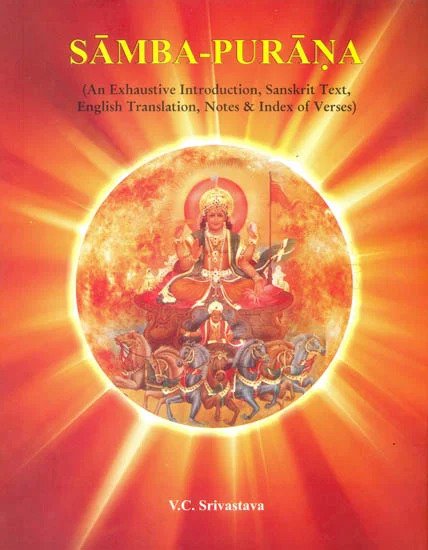
Gunas
The Samba Purana will also subtly project views of the three gunas—sattva, rajas, and tamas—through the prism of Surya worship and Samba’s journey. This therefore emphasizes the rising above of the lower gunas dealing with tamas and rajas to arrive at sattva, meaning purity and wisdom.
The transformation of Samba from arrogance and ignorance to humility and devotion shows how one moves from tamas and rajas to sattva. The text advocates for living a balanced life by virtue of which one upholds dharma, or righteousness, and engages oneself in regular worship and penance for the purification of the mind and soul. It is through rituals, meditation, and ethical conduct that devotees enhance the influence of sattva in their lives and progress toward spiritual emancipation or moksha.

Gods and Goddesses
Although the Samba Purana mainly worships Surya, it also accepts other gods as ruling over parts of the cosmic order. Surya himself is the main deity of worship, regarded as a life-giver, healer, and giver of prosperity. Several hymns, rituals, and other forms of huge praises are offered to his attributes, such as his chariot, driven by seven horses, and his functioning as the cosmic eye.
The text also mentions other deities like Shiva, Vishnu, and Brahma, demonstrating their interrelationship within Hindu cosmology. The consorts of Surya, Usha and Chhaya, his offspring like the Ashwini twins, and Yama, God of death, are mentioned, all further testifying to the extensive extent of familial and mythological relationships embedded within this Grand Canyon of the Purana.

Writers
Like many Puranic works, the Samba Purana is the product of many authors who have contributed to it over the centuries. Its composition is traditionally ascribed to the sage Vyasa, who also compiled the Puranas. The message of authorship is, therefore, in a sense anonymous, which is appropriate to the collective and fluid nature of Hindu religious literature.
The text would have been preserved and passed on through oral and written traditions, with regional versions that have contributed toward enriching the tapestry of stories and teachings. A pearl of greater wisdom embedded in Samba Purana is thus the work of those countless learned men and women in tracking its relevance and continuity through the ages.
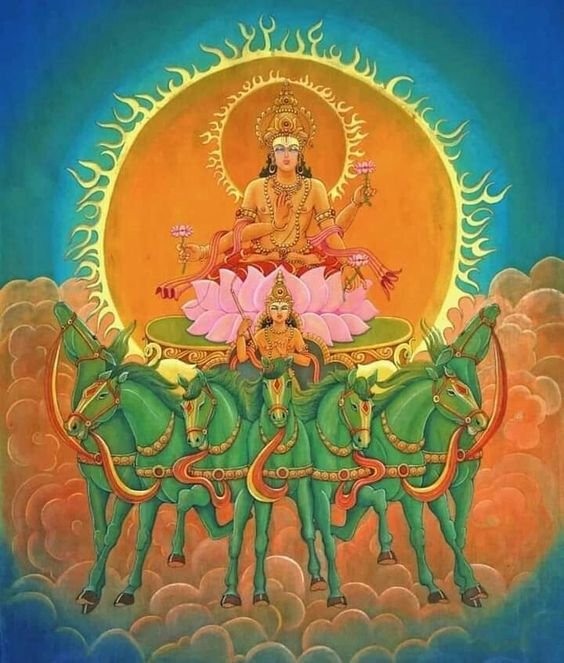
Verses
The Samba Purana has numerous verses that detail rituals, hymns, and prayers dedicated to Surya. The verses then transform into a medium for expressing devotion and seeking divine blessings many times in exquisite poetic form. The hymns eulogize the virtues of Surya, describing his radiance, powers, and graciousness.
Noted among them is the Aditya Hridayam, a hymn in praise of Surya, which is said to bestow strength, health, and victory to the person who recites it with devotion. Apart from guiding ritual practices, verses in Samba Purana carry deep spiritual insights to make them the centre of daily worship or celebration of festivals.
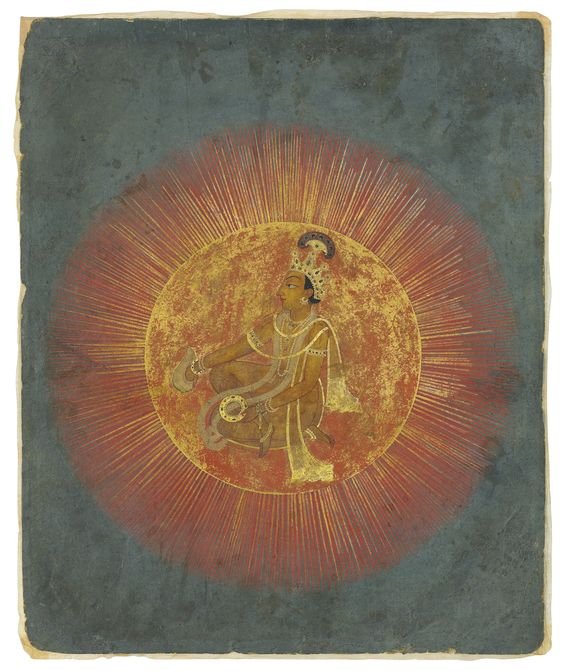
Worship
Beginning with the importance of the individual to collective practices in Surya worship, the Samba Purana elaborates on all rituals regarding daily worship. It describes adequate rituals for daily worship: water offering to the rising and setting sun, called Arghya; mantras are chanted during worship; and Surya Namaskar, or sun salutations.
It projects special festivals like Makar Sankranti and Ratha Saptami as especially good occasions for Surya worship. The text also describes the consecration of Surya temples and the relation of sacred architecture with divine communion. Devotees continue to practise worship as enshrined in the Samba Purana, which fosters spiritual discipline and community.

Legacy
The tradition of Samba Purana has kept alive the reputation of Surya worship not only in India but outside the borders also. Its teachings stand at the forefront of resplendent splendour in all walks of Hindu religious life from temple rituals to the minute items of personal devotion. The Sun temple at Konark, built as an afterthought to the devotion of Samba, testifies to this perennial inspiration from the Samba Purana.
The Samba Purana has also inspired a lot of artistic and literary expressions, from Classical music and dance to modern poetry and prose. It extends to the philosophical and theological foundations of Hinduism with special emphasis on Surya worship and the ethics that the scripture advocates.
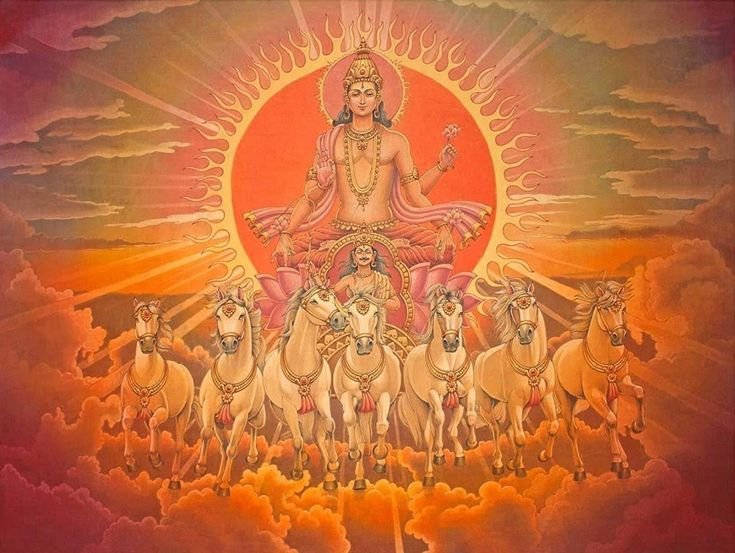
Scientific Learnings
Though primarily a religious text, the Samba Purana contains information on ancient Indian concepts related to cosmology, medicine, and ethics. It simply represents the early attempts at understanding the universe and how it works, with detailed explanations of the role of the sun in that cosmic order. The emphasis on health and hygiene, especially on worshipping Surya, comes under the Ayurvedic principles of holistic well-being.
If one looks at the moral teachings of the Samba Purana, truthfulness, non-violence, and compassion speak much toward modern times in terms of social responsibility and environmental stewardship. In this process, such emphasis by the text on balanced living and natural remedies reveals an integrative approach—ancient Indian wisdom.

Conclusion
The Samba Purana is a store of mythology, ritual, and ethical teachings, which are of immense value in providing spiritual guidance and inspiration. Its stories of devotion and redemption underpin the transforming power of worship and penance when performed sincerely. The stories of enlightenment then go on to inspire and illume the path for devotees, testifying that it is timeless in its pursuit of moral integrity and spiritual illumination.
